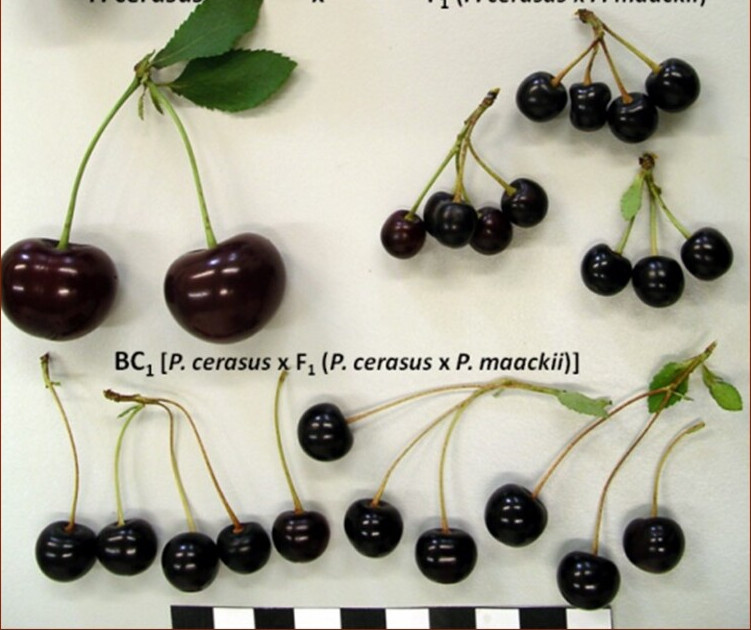The production of rootstocks capable of reducing the vigour of cherry trees is currently experiencing a significant market demand, as the progressive increase in the density of cherry orchards requires smaller plants than those found in traditional cherry orchards.
However, the validity for nursery cultivation has not yet been confirmed. Production techniques often depend on expensive in-vitro cultures. The primary rootstock, called 'Colt', has been widely used in the nursery sector, accounting for 88% of all qualified trees in 2020.
The latest trends, however, show a preference for rootstocks capable of reducing the overall vigour of the plant, and 'Colt' does not fall into this classification. Numerous studies have provided empirical evidence to support the idea that rootstocks play an important role in influencing the growth characteristics of cherry trees.
In this context, the nursery experiment conducted by researchers at the University of Poznań (Poland) aimed to observe the growth patterns shown by trees of four distinct varieties grafted onto different rootstocks and, at the same time, to compare rootstocks produced by in vitro methods with those obtained by cheaper methods involving the use of shoot cuttings.
The study was conducted during two production cycles (2018-2020) in which one-year-old trees of four distinct cherry varieties ('Bellise', 'Earlise', 'Lapins', 'Vanda') were grown using in vitro methods and rootstocks derived from shoot cuttings. The rootstocks used were 'Gisela 5', 'Krymsk 5' and 'Pi-ku 1'.
In general, the rootstocks obtained by in vitro methods resulted in a higher percentage of plants. The percentage of grafted trees was higher when employing “Pi-ku 1” or “Gisela 5” rootstocks, although the plant height at the end of the experiment was reduced.
It is also important to add that, over several years and in most of the varieties examined, the rootstocks obtained using in vitro techniques showed better tree development, as evidenced by greater growth of lateral shoots and increased trunk diameter.
In detail, young trees grafted onto 'Krymsk 5' showed an exceptionally high vigour, also presenting the greatest number of lateral shoots in most varieties, especially when the rootstock had been obtained by in vitro techniques. However, the tendency to form lateral shoots can be reversed later with good field management, since it is also influenced by many other factors such as soil quality and climatic conditions.
Furthermore, variations in the physiological processes of trees have been observed in response to the rootstock used. Trees grafted onto the 'Krymsk 5' rootstock showed on average lower values of transpiration, stomatal conductance, and intercellular CO2 rate.
However, this finding is not consistent with the maximum development observed in young trees grown on the same rootstock. On the other hand, the use of the 'Pi-ku 1' rootstock produced the lowest net photosynthesis values. Previous studies by other researchers have shown how high photosynthetic rates lead to higher vegetative development in new plants.
In conclusion, Krymsk 5 proved to be the most vigorous rootstock among those tested, which was also able to reduce the leaf transpiration rate while still maintaining excellent photosynthesis and vegetative growth rates.
Fonte: Sławomir Świerczyński, Department of Ornamental Plants, Dendrology and Pomology, Poznań University of Life Science, ul. J.H. Dąbrowskiego 159, 60-995 Poznań https://orcid.org/0000-0002-2754-9576
Melissa Venturi
University of Bologna (IT)
Cherry Times - All rights reserved












